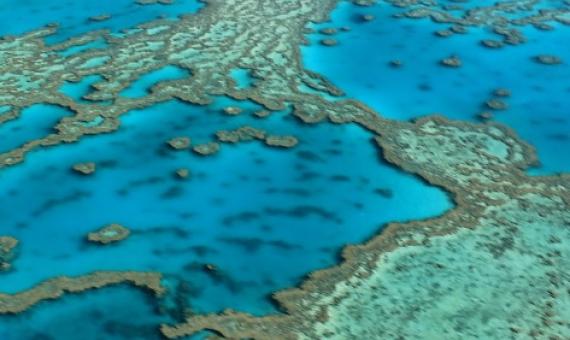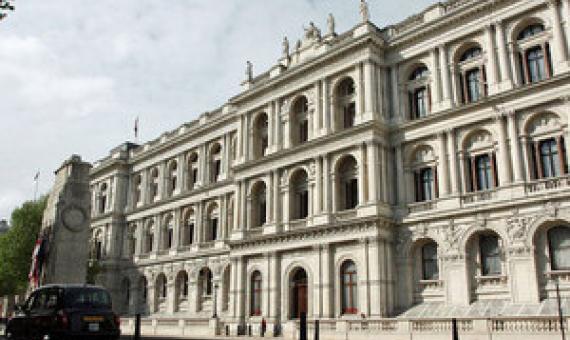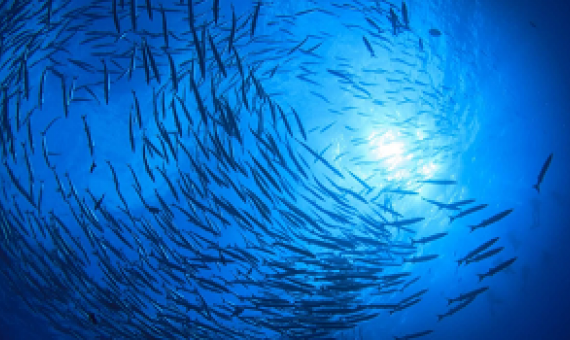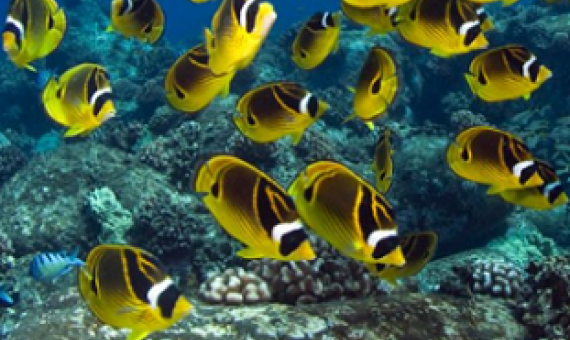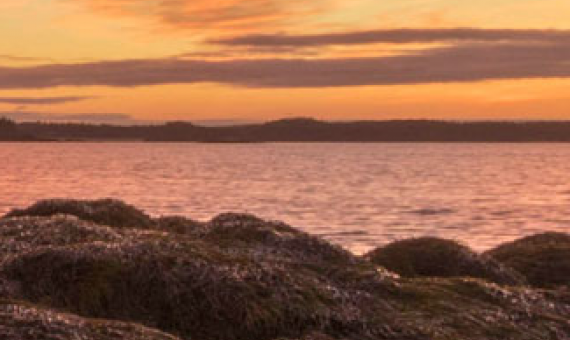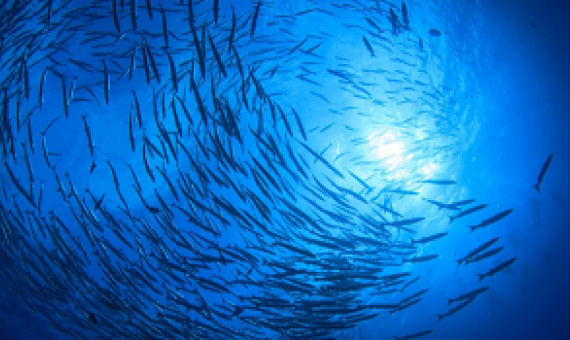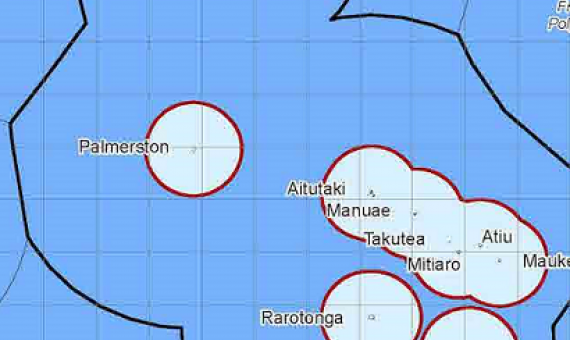Oceans cover more than 70% of our planet. They include some of the most fragile ecosystems and species on Earth but are continuously abused and ill protected.
The current application of ecological connectivity in the design of marine protected areas
Marine protected areas (MPAs) are an area-based conservation strategy commonly used to safeguard marine biodiversity and ecosystem services. Ecological connectivity governs the exchange of individuals among spatially fragmented habitats and is often highlighted as an important element in the design of MPAs. However, the degree to which measured or modelled representations of connectivity are applied to marine management decisions worldwide remains unclear.
How MPAs Safeguard the High Seas
The high seas begin 200 nautical miles from coastal shores, beyond the jurisdiction of any country. Their vast expanse and distance from shore pose challenges for exploration and knowledge gathering. However, scientific expeditions in recent years have revealed that these areas, which make up nearly two-thirds of the world’s ocean, harbor an incredible array of species that provide essential services for life on Earth.
Millions of square kilometres of ocean around the world will be cleaner and more sustainable thanks to the UK’s commitment to extend its Blue Belt scheme, announced by Prime Minister Boris Johnson at the G7 today. The additional £7 million will mean our world-leading protection of Mari
Marine protected areas (MPAs) are an increasingly common way of protecting marine ecosystems by prohibiting fishing in specific locations. However, many people remain skeptical that MPAs will benefit fish populations. Click on the link below to read the full article.
The 123 million people who live near the U.S.
The three screen doors: Can marine “protected” areas be effective?
The great majority of marine protected areas (MPAs) fail to meet their management objectives. So MPAs can be effective conservation tools, we recommend two paradigm shifts, the first related to how they are located and the second related to how they are managed. MPAs are unlikely to be effective if they are located in areas that are subject to numerous, and often uncontrollable, external stressors from atmospheric, terrestrial, and oceanic sources, all of which can degrade the environment and compromise protection.
In an announcement last week, Jonathan Wilkinson, Canada’s minister of fisheries, oceans, and the Canadian Coast Guard, laid out new rules banning oil and gas development, trawl fishing, mining, and dumping in Canada’s marine protected areas (MPAs).
In testimony before a House subcommittee today, Kitty Simonds, the Executive Director of the Western Pacific Regional Fishery Management Council (WPRFMC) labeled the increasing number and size of marine monuments a "major impediment" to U.S.
In July 2017, the South Pacific nation of the Cook Islands made a bold bid to convert its entire territorial waters, the exclusive economic zone (EEZ), into a mixed-use marine protected area. Click on the link below to read the full article.

